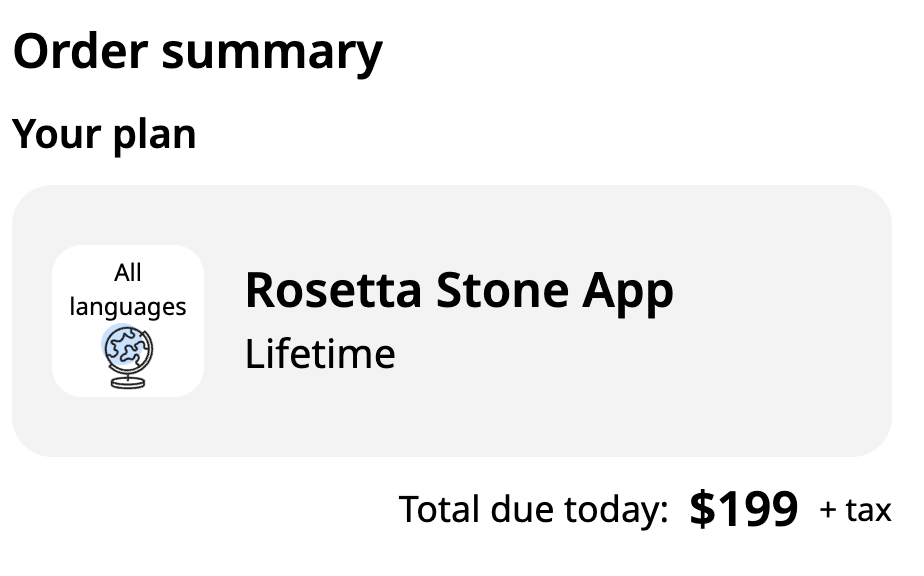Why Lifetime Pricing is a Losing Proposition for Long Term Growth
This doesn't just apply to SaaS - it applies to EVERYONE
History shall repeat itself. I just received an email from Babbel, the language app for Lifetime subscription for $199. Can it save them? Unlikely, but maybe.
Here’s the thing about Lifetime service/subscriptions - they promote short term gain, but often you cannot charge enough for long term growth.
Two historical examples of Lifetime Service subscription failures
Bally’s Total Fitness - filed bankruptcy in 2007, but not before they tried several Lifetime membership offerings. First they let you pay a one time flat purchase of $2000 for a lifetime membership (your lifetime). Then they got smarter and started charging one flat yearly fee for life ($29-$90 a year for your lifetime). Some people paid for 30 years! But it didn’t save Bally’s. LA Fitness bought Bally’s in 2007 for $153M. Many of the contracts were sold off to other gyms. But the lesson here is not only did it not work out for Bally’s, it also didn’t work out for the people who bought these in their 20’s or 30’s and who are now in their 50’s or 60’s who don’t go to the gym anymore. They are still by law obligated to pay because they signed a Lifetime agreement. Some state laws have restrictions on gym memberships. But still the advice is the same: don’t sign anything with your name on it for your lifetime!
TiVo - they were thankfully acquired, but TiVo offered Lifetime service for $399 for the lifetime of the box (not your lifetime). They didn’t just offer this as a one time promotion, it was the price of Lifetime service. The problem was they underestimated how long the hardware would last and calculated a four-year LTV, but some of these boxes still call into the service even today - some 25 years later and they were never hacked (otherwise the Lifetime service would be voided). This was a grave miscalculation.
Lifetime subscriptions rob SaaS businesses of their full potential
Promotions like these provide instant cash to the business, which may be used to buy time, and extend the business for a little while, but it’s not the answer to long term growth. As a SaaS business it harms you in the following ways:
You cap your potential revenue from each customer
Reduces your ability to be flexible in the market should there be market changes.
For example, in March 2016, SparkPost offered developers 100,000 emails per month for free, forever. Even promised that if pricing were to change they would honor those enrolled in the program.
Fast forward three years to May 2019 and SparkPost changed their minds because the demand in the market had changed. But not without pissing a LOT of developers off, damaging their brand, and incurring churn.
You set yourself up for overcommitment to support these customers forever, whether you have the financial means or whether or not it aligns with your strategic goals.
Cash flow problems - when the promotion is over, you no longer have that influx of steady cash. Without recurring revenue you’ll struggle to maintain ongoing costs.
There is one success story - Rosetta Stone, founded in 1992.
Rosetta Stone used to sell CDs to help you learn Spanish. Now they support other languages and transitioned themselves to a SaaS company to adhere to market changes. They also got into edTech.
If you sign up today, the Rosetta Stone app will give you access to all 25 languages it offers, for your lifetime, however, T&Cs above apply.
While Rosetta Stone is an anomaly, most SaaS brands don’t make it when they offer lifetime service.
If you found this post helpful, you may want to also view Pricing for SaaS.







